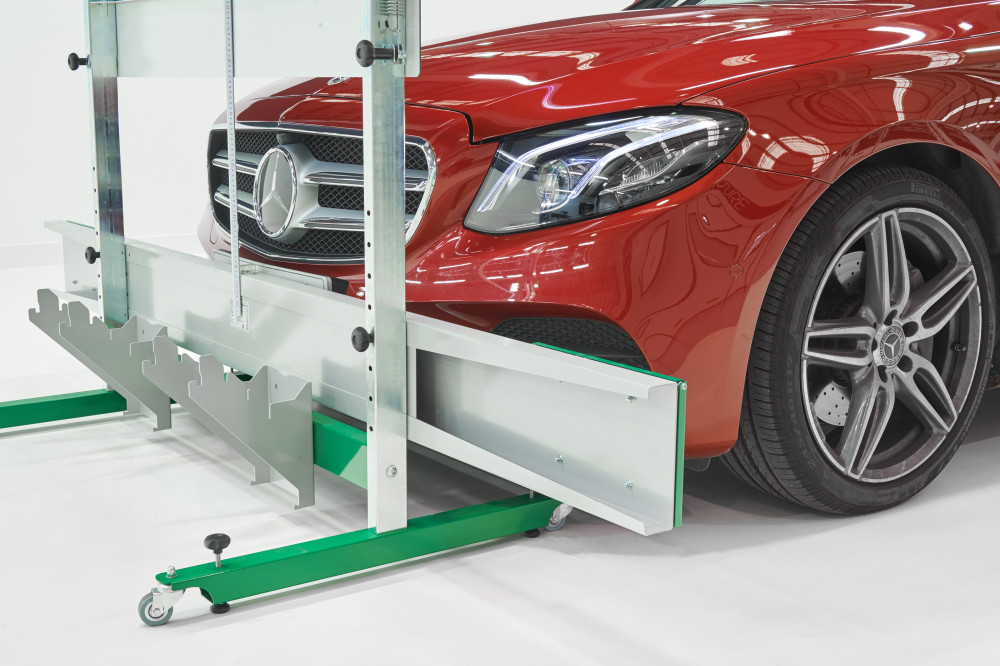Thatcham Research has announced its Insurance Industry Requirements (IIR) for the safe repair of vehicles equipped with advanced driver-assistance systems (ADAS).
The requirements come as the number of ADAS-enabled vehicles on UK roads reaches 4.5 million, a figure that is set to grow exponentially as car manufacturers increasingly fit the latest driver assistance technology to new models.
“The correct procedures for the safe repair of vehicles with ADAS, and in what scenarios calibration of the systems themselves is required, is a well-established challenge for the automotive repair industry,” said Richard Billyeald, Chief Technical Officer, Thatcham Research. “Today the IIR brings clarity to repairers and enables the long-term sustainability of ADAS-equipped vehicles.
“Sensor calibration requirements vary greatly from one vehicle to another. But no matter what model is being fixed, it’s essential that manufacturers’ technical specifications are met to reinstate ADAS features safely without compromising performance.”
The company says the IIR confirms that inspection, realignment and calibration requirements must be considered in all situations where any of the following is included within the repair, service or maintenance procedure:
- ADAS sensors
- Parts likely to affect the operation and functionality of ADAS sensors
- Vehicle geometry
“The IIR will deliver clarity to body shops who need a standardised approach to repairing ADAS,” said Dean Lander, Head of Repair Sector Services, Thatcham Research. “The goal is for ADAS reinstatement to become business as usual, presenting no greater challenge than fitting a new wheel.”
Thatcham says the industry requirements establish the key steps repairers must follow to ensure that ADAS continue to function as they did pre-accident, including:
- Identifying the presence, or not, of ADAS on the vehicle and ensuring this is recorded
- Completing all relevant inspection, realignment and calibration activities as detailed within the repair procedures
- Ensuring that calibration results confirm that the sensors are functioning within the vehicle manufacturer’s technical specification
The company says repair procedures should:
- Clearly identify if inspection, realignment and calibration are required and why
- Repairs must be carried out by a ‘currently competent person’
- Fully verifiable and auditable records should be produced, with a copy provided to the asset owner or work provider.
“As features like autonomous emergency braking and lane keeping systems become more and more common, continuing with a disparate approach to ADAS repair is at best inefficient and at worst a threat to road safety,” said Lander.
For more information, click here.
